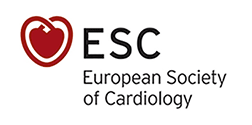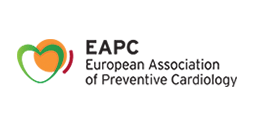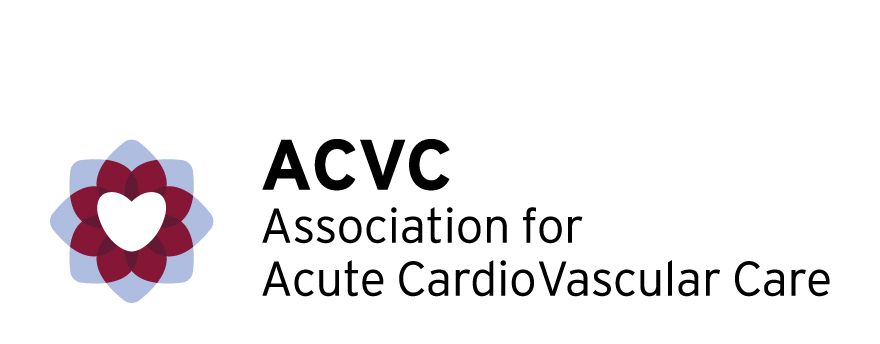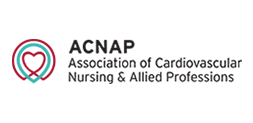Know your heart
The heart is a muscular organ about the size of your fist. It sits slightly to the left-hand side of your chest and supplies your body with oxygen and nutrients.
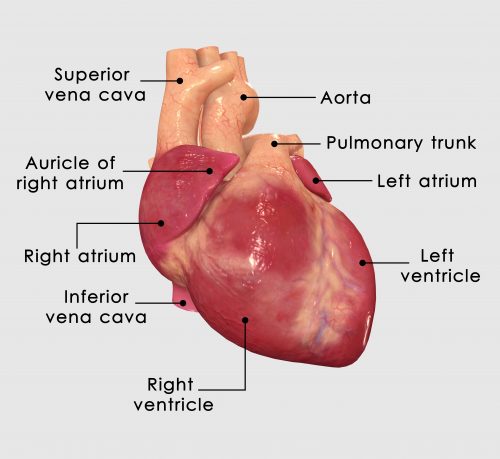 The heart is divided into two sides, which are separated by a muscular wall (the septum). There are two chambers on each side of the heart, an atrium above and a ventricle below. The right side of the heart receives oxygen-poor blood from the body through vessels called veins. It pumps this blood to the lungs, where the blood is enriched with oxygen. The left side of the heart receives this blood from the lungs and pumps it to all organs of the body through vessels called arteries. It starts from the biggest artery, which is called the aorta. The valves between the atria and the ventricles are called the atrioventricular valves (the mitral valve on the left, the tricuspid valve on the right). They prevent blood from flowing in the wrong direction. The pulmonary valve and the aortic valve control the exit of blood from the right and left ventricles, respectively. The valves open when a certain pressure is reached within the ventricle, thereby allowing blood to flow into the lung (from the right ventricle) or the body and its organs (from the left ventricle).
The heart is divided into two sides, which are separated by a muscular wall (the septum). There are two chambers on each side of the heart, an atrium above and a ventricle below. The right side of the heart receives oxygen-poor blood from the body through vessels called veins. It pumps this blood to the lungs, where the blood is enriched with oxygen. The left side of the heart receives this blood from the lungs and pumps it to all organs of the body through vessels called arteries. It starts from the biggest artery, which is called the aorta. The valves between the atria and the ventricles are called the atrioventricular valves (the mitral valve on the left, the tricuspid valve on the right). They prevent blood from flowing in the wrong direction. The pulmonary valve and the aortic valve control the exit of blood from the right and left ventricles, respectively. The valves open when a certain pressure is reached within the ventricle, thereby allowing blood to flow into the lung (from the right ventricle) or the body and its organs (from the left ventricle).
The heart is a muscle that pumps 60 to 80 times per minute for your entire life. It therefore needs large amounts of oxygen and nutrients to work properly. The coronary arteries supply the heart with the well-needed blood.
